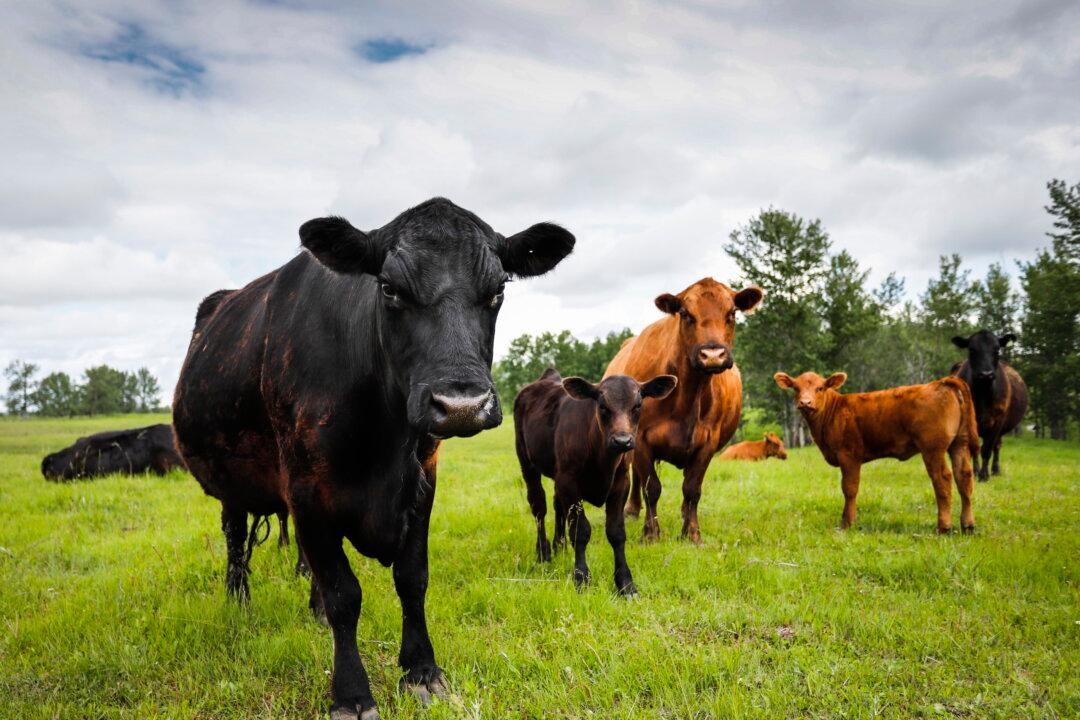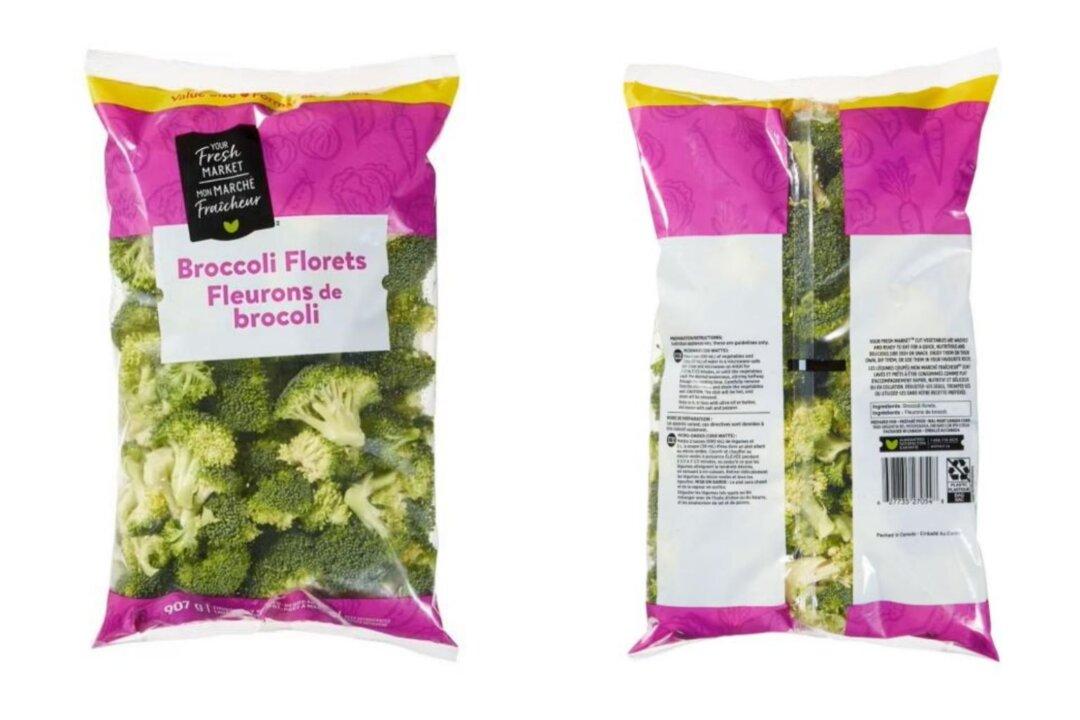Canadian farms are using three times the amount of antibiotics in poultry, cattle, and pigs than farms in the European Union, raising the risk of developing antimicrobial resistance (AMR) in humans, says a report by the Public Health Agency of Canada (PHAC).
Published late last November, the report estimated that the number of Canadian deaths associated with AMR reached 14,000 in 2018, with 5,400 directly caused by the phenomenon, which occurs when bacteria, viruses, and fungi develop the ability to defeat the drugs designed to kill them.





